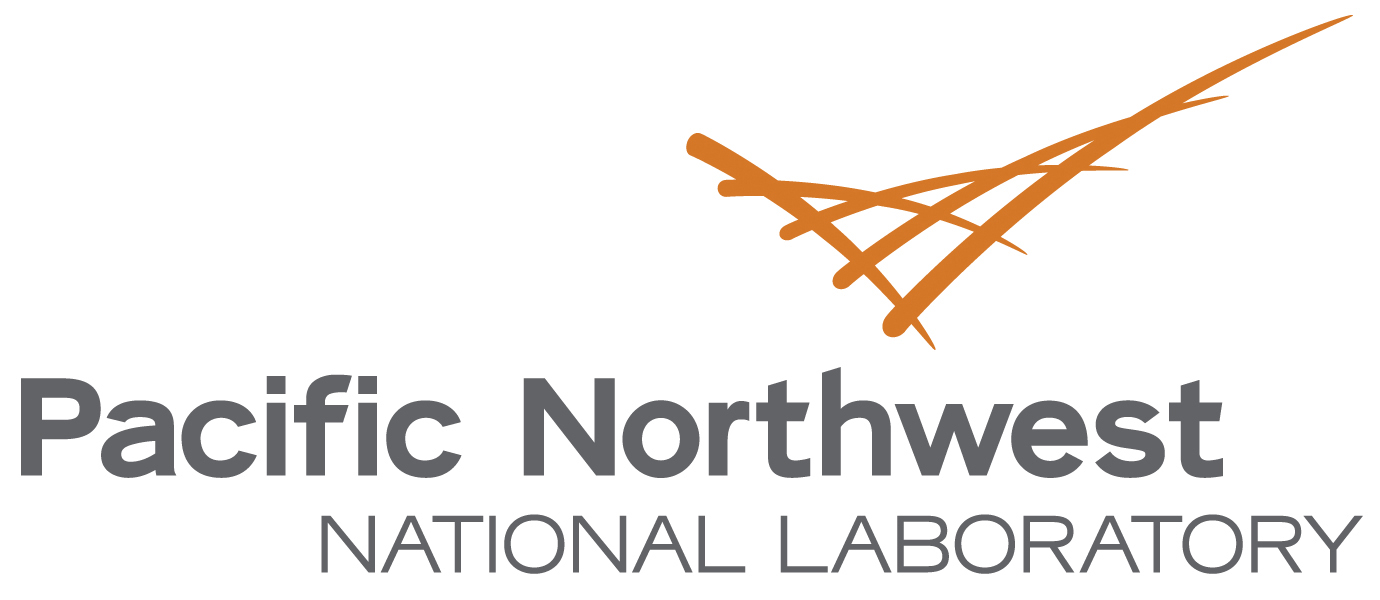By Mary Ann Showalter
Newswise — The Battery500 Consortium has been awarded $75 million—or $15 million each year over the next five years subject to appropriations—for a second phase of research.
The funding, provided by the Department of Energy’s Vehicle Technologies Office (VTO), is part of $209 million awarded by VTO for advancing electric vehicles, batteries, and connected vehicles.
Pacific Northwest National Laboratory (PNNL) leads the consortium. Researchers taking part in the consortium—one of the largest battery research programs in the world—are developing next-generation batteries for electric vehicles that outperform current lithium-ion batteries.
Beyond PNNL, collaborators continuing from Phase 1 are Brookhaven National Laboratory, Idaho National Laboratory, SLAC National Accelerator Laboratory, Binghamton University, the University of Texas at Austin, Stanford University, the University of California at San Diego, and the University of Washington.
Tapped to join Phase 2 are scientists from Texas A&M University, Penn State University, the University of Pittsburgh, the University of Maryland, and General Motors.
“Phase 2 will allow us to build on the success of the last five years and provide the leadership necessary for developing the next generation of batteries, which will lead to a North American battery manufacturing and electric vehicle industry,” said M. Stanley Whittingham, distinguished professor of chemistry at Binghamton University and 2019 Nobel Prize recipient in chemistry for developing lithium-ion batteries.
“We have come a long way with fundamental research and development that has led to widespread commercialization of lithium-ion battery technology. As we proceed with automobile electrification, long driving range between charges with acceptable cycle life is critical,” added John Goodenough, engineering professor at University of Texas at Austin and co-recipient, along with Whittingham, of the Nobel Prize. “UT Austin is proud of being part of the Battery500 Consortium, which is focused on more than doubling the energy density with long cycle life.”
In the new phase, the Battery500 Consortium team will continue to develop robust high-energy batteries with a specific energy up to 500 Wh/kg to meet Department of Energy performance and cost goals.
“Developing next-generation batteries is a high priority for the clean energy future. It requires joint effort and collaboration among the entire scientific and industrial community,” said PNNL’s Jun Liu, director of the Battery500 Consortium, who holds a joint appointment with the University of Washington.
"SLAC National Accelerator Laboratory and Stanford University are very pleased to be part of Battery500," said Steve Eglash, Director of the Applied Energy Division at SLAC. “The collaboration between multiple Department of Energy national laboratories, universities, and industry brings together complementary skills and resources in materials, chemistry, condensed matter physics, batteries, and computation. Through this collaboration, sophisticated characterization facilities from multiple national laboratories can be applied toward the development of advanced batteries."
